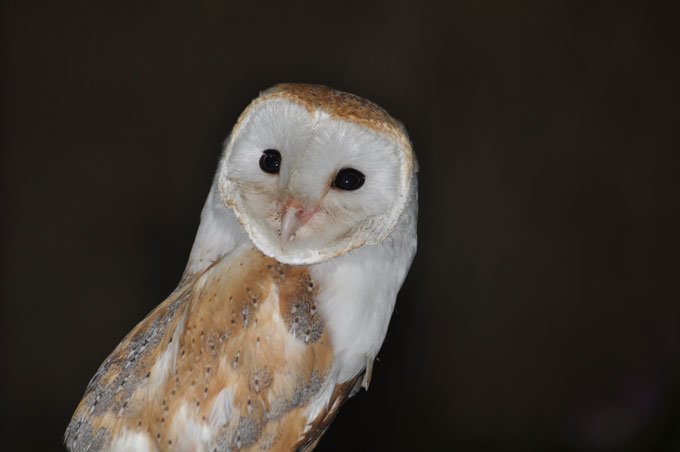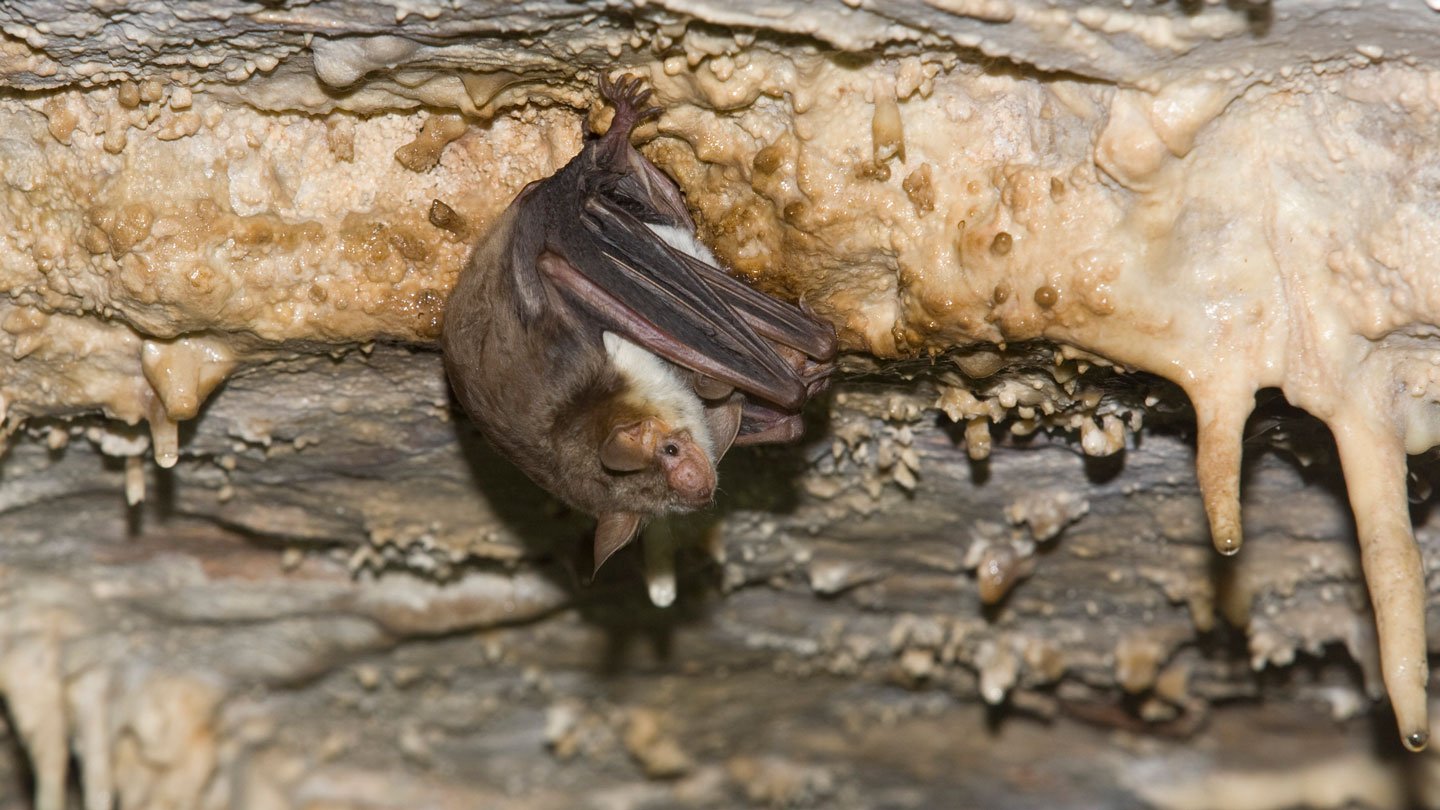Some bats buzz like wasps and bees when grasped, and the sound seems to deter predatory owls.
The findings reveal what may be the first known case of a mammal mimicking an insect, researchers report May 9 in Current Biology.
From 1998 to 2001, animal ecologist Danilo Russo was conducting field studies on greater mouse-eared bats (Myotis myotis) in Italy, which involved capturing the live animals in mist nets. When he and his colleagues removed the bats, they made a buzzing noise in the scientists’ hands that was reminiscent of wasps or bees.
Sign Up For the Latest from Science News
Headlines and summaries of the latest Science News articles, delivered to your inbox
Thank you for signing up!
There was a problem signing you up.
“When you hear them, that’s what comes to your mind immediately,” says Russo, of the University of Naples Federico II in Italy.
Years later, Russo and his team decided to test the idea that the uncanny buzzing wasn’t mere coincidence, but instead a type of defense mechanism called Batesian mimicry. Batesian mimics are themselves harmless, but have a resemblance — visually, acoustically or chemically — to a different species that is distasteful or dangerous. When wary predators can’t distinguish harmless mimics from the noxious originals that the predators typically avoid, the mimics are protected.
The researchers caught more of the bats, recording their buzzing cries as they were being handled. The team also recorded the buzzing sounds of four stinging insect species (two wasps and two bees) commonly found in European forests.
When Russo and his team compared the audio profiles of the insect and bat buzzing in the laboratory, the researchers found that their analyses could distinguish between the two sound sources most of the time.
But audience matters. Tawny owls (Strix aluco) and barn owls (Tyto alba) commonly hunt bats, so Russo’s team wondered if the birds could be the target for the buzzing performance. When the researchers limited their sound analysis to just the frequencies that an owl hears, the buzzes became much harder to tell apart — particularly for comparisons involving the buzzing of European hornets (Vespa crabro).
 Barn owls (Tyto alba) have a taste for bats. But the buzzing call that some bats make when grasped may make the birds reconsider their meal.Maurizio Fraissinet
Barn owls (Tyto alba) have a taste for bats. But the buzzing call that some bats make when grasped may make the birds reconsider their meal.Maurizio Fraissinet
The team then played recordings of bat and insect buzzes — and bat social calls — to eight birds from each owl species in captivity at a wildlife rehabilitation center. The owls reacted to the insect and bat buzzing the same way — by moving away from the speaker. In contrast, they approached the speaker when it played the social calls, potentially associating them with prey.
Birds tend to avoid stinging insects, Russo says. “When nest boxes or tree cavities are colonized by hornets, birds do not even attempt to explore them, not to mention nest there.” Russo and his team think that this negative association may be evoked in nature if an owl grasps a bat and receives an indignant buzz.
This scenario may be the first known example of Batesian mimicry — acoustic or otherwise — where a mammal copies an insect, the researchers say.
In general, most examples of Batesian mimicry involve visual signals, so finding potential acoustic mimicry is exciting, says David Pfennig, an evolutionary biologist at the University of North Carolina at Chapel Hill.
Pfennig, who was not involved with the research, points to a few examples of acoustic mimicry, such as burrowing owls imitating a rattlesnake rattle or Congolese giant toads hissing like Gaboon vipers (SN: 10/25/19). But these don’t involve a mammal and insect pairing.
The new study makes behavioral ecologist Anastasia Dalziell think of other birds besides owls. Songbirds are fairly regular acoustic mimics, says Dalziell, of the University of Wollongong in Australia who was also not involved with the research. “I’ve been waiting for a study like this because bats are a lot alike, in many ways, to songbirds,” she says. “They learn their vocalizations like songbirds — at least in some cases — and they can even sing, so it makes sense to me that they would mimic as well.”
But behavioral ecologist Matthew Bulbert of Oxford Brookes University in England isn’t convinced this is a case of mimicry. The owls are encountering stinging insects and bats in totally different contexts (resting vs. hunting), which doesn’t make it probable that the owls are fooled, he says. Instead, the buzzing could be generally startling to an owl, increasing the chance the bat is released.
“That in itself is still pretty cool,” he says.



